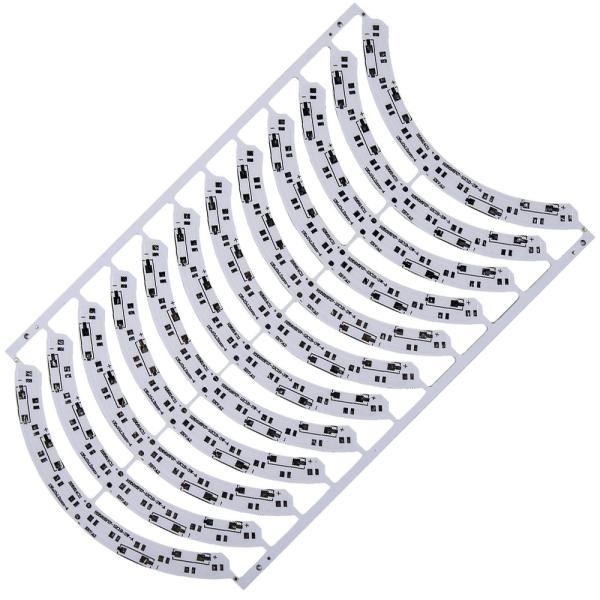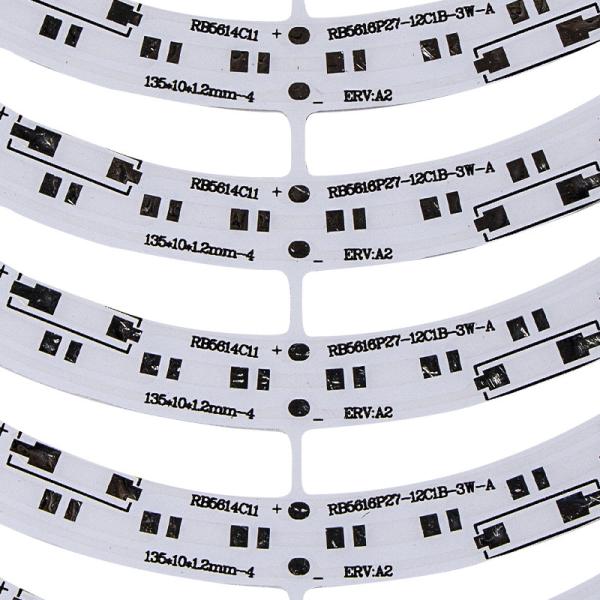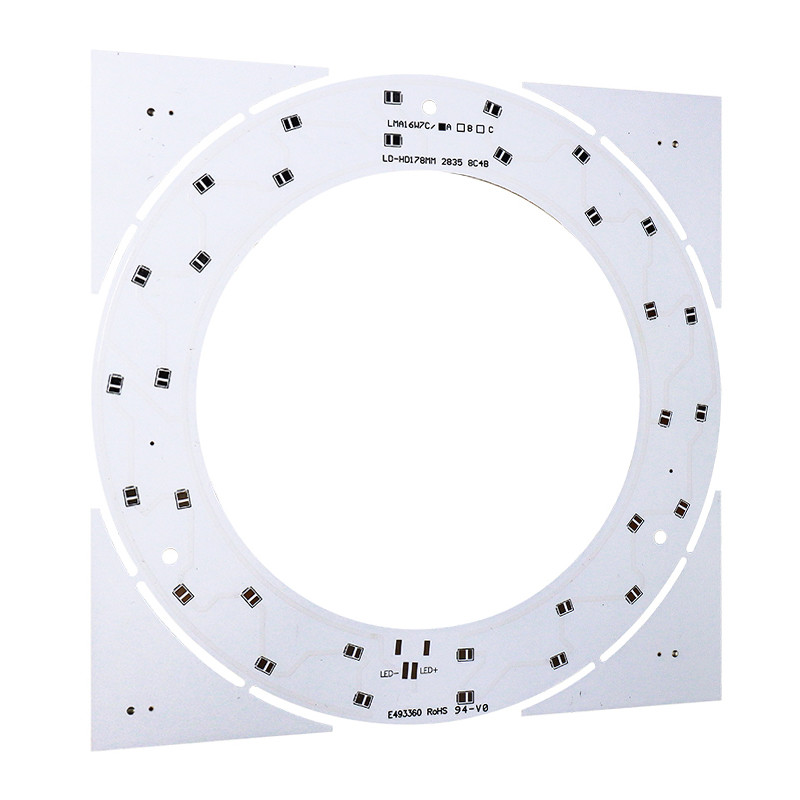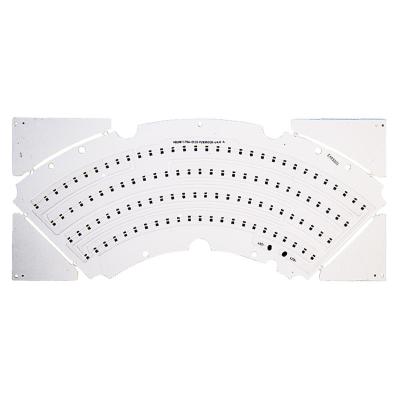Indicators:
LEDs are most commonly used in electronic circuits as indicators. For instance, LEDs are used to show whether your computer monitor has is turned on or off. A red light indicates that the monitor is OFF, while a green light indicates that it is on.
Moreover, LEDs are used in handheld torches, emergency lights, and cap lamps used by mining professionals. These lamps last a very long time and are robust, so you cannot easily break them. LEDs are also used as backlights in TV displays and monitors these days.
The warm and calming lights present inside the airplane cabins are also LED lights. They help provide a warm, cozy, and relaxing environment for the passengers. The applications of LED as an illuminator have grown significantly and will hopefully keep on growing.
Data Communication:
LEDs are also used for data communication, such as the transfer of information. Optic fiber technology uses LEDs to send information from one place to another. Moreover, visible light communication (VLC) uses LED as the main information transfer medium because LEDs provide a high data bandwidth that helps communicate effectively.
Machine Vision Systems:
A great example of machine vision systems using LED is a barcode scanner. Typically, a red LED is used in barcode scanners which you must have seen in supermarkets and grocery stores. The fact that LEDs are a source of bright light and are compact in size, makes them a great fit for machine vision systems.
Miscellaneous Applications:
A great example of machine vision systems using LED is a barcode scanner. Typically, a red LED is used in barcode scanners in supermarkets and grocery stores. LEDs are a source of bright light and are compact in size, making them a great fit for machine vision systems.


 Include
Include









